Static Exercise
What is Static Exercise?
Static exercise refers to physical activities or movements that are performed without significant movement or change in position. These exercises focus on maintaining a particular pose or position for a specific period, typically targeting specific muscles or muscle groups.
Static exercises are often used for strength training, flexibility, balance, and core stabilization. They can be performed by people of various fitness levels and require little to no equipment.
Isometric exercises are popular as a form of static exercise. Both work as the exercise holding the movement and strengthening the muscle the only difference is that isometric exercise uses maximum resistance and static exercise holds the muscle without any visible movements.
The isometric word comes from 2 words first “iso” = same and the word “metron” = length.
The muscle contracts without any visible movement or change in muscle length & joint motion.
The maximum tension and force output is produced by muscles.
Types of Static Exercise
- Muscle setting exercise: It is a low-intensity isometric exercise performed against minimum to no resistance. As it’s performed with very low intensity, it will not improve muscle strength except in very weak muscles.
- Stabilization exercise
- Multiple angle isometrics
Cardiovascular response to Static exercise:
Isometric (iso = same, meter = length) exercise is an alternate name for the static exercise, which refers to skeletal muscular contraction without any change in muscle length. Static exercise produces a cardiovascular response that varies widely, which is observed during dynamic exercise. Typical examples of static exercises are sporting events such as weightlifting and hammer throw, as well as ordinary actions like lifting big boxes or carrying a large briefcase.
When muscle fibers compress arteries that carry blood, prolonged continuous contraction of skeletal muscles limits regional blood flow. The reduction in blood flow is partially compensated by local vasodilation of the arteries, but when the muscle contracts at 70% of maximum effort, blood flow can be completely blocked. This decrease in blood flow permits acidic metabolic byproducts to accumulate, stimulating chemoreceptors in the muscle. Along with mechanoreceptors, these ascending afferents provide feedback to cardiovascular control regions of the brainstem.
Another system also works to regulate the heart’s response to static exercise. This central nervous system mechanism originates in the higher centers of the central nervous system and responds to increased motor output by activating the cardiovascular and respiratory control regions. The interaction between this central nervous system mechanism and the feedback mechanism described above increases the heart rate.
However, this system does not cause a simultaneous increase in stroke volume as in dynamic exercise, as well as the rise in heart rate is nearly completely responsible for the increase in cardiac output. Furthermore, because muscular tension during static exercise is somewhat localized, there is limited systemic vasodilation, therefore increased stroke volume is not as it occurs during vigorous activity, this is compensated for in the peripheral circulation. This condition causes an increase in mean arterial pressure proportional to the increase in cardiac output.
Thus static exercises produce quite different circulatory responses than dynamic exercises.
Indications of Static Exercise
- During the immobilization phase for example after any casts, or splints, or when various types of apparatus are used.
- After any surgeries or trauma which restricts movement or makes exercise painful
- When the pain is definite to a particular muscle part or at a specific joint angle
- Muscle strain
- Ligament sprain
Examples of Static exercises for whole-body strengthening:
The following exercises will help your entire body to become challenged to get stronger and reveal any areas of weakness. They’re simple to perform, you can do them easily and they’ll give you a good start toward having new levels of strength:
- Plank: Get on all fours with your feet together, arms straight, and body straight from head to heels, and your hands in a parallel line with (but slightly wider than) your shoulders. Tighten your glutes, get your shoulders down, and tighten your core to lock your body into position. Hold until you wear out.
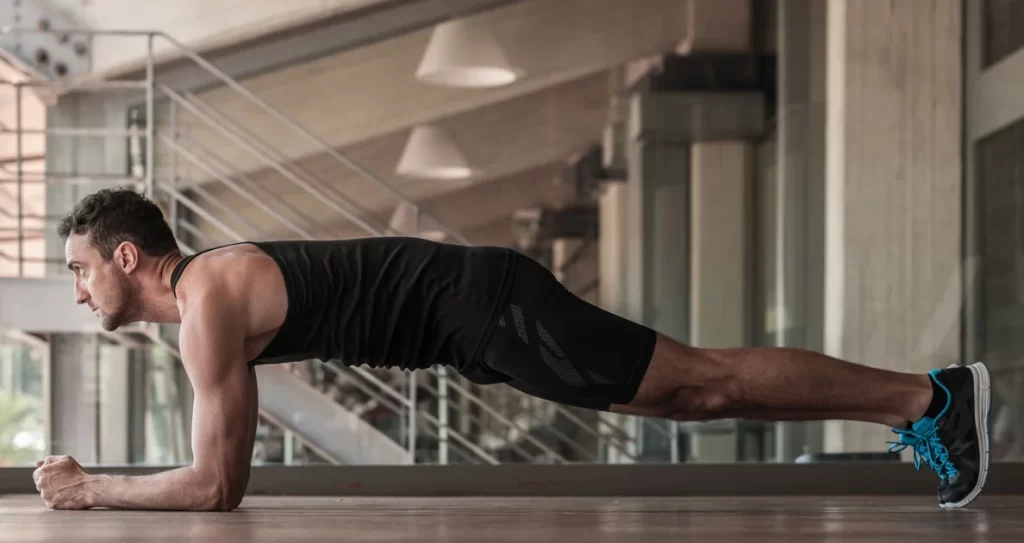
- Low Squat: Stand tall with your feet at hip- to shoulder-width apart and your both hands by your sides, toes pointed forward. Keep your back flat and core working, push your hips back, bend your knees, extend your arms forward, and lower your body as much as possible. Hold for 30 seconds.
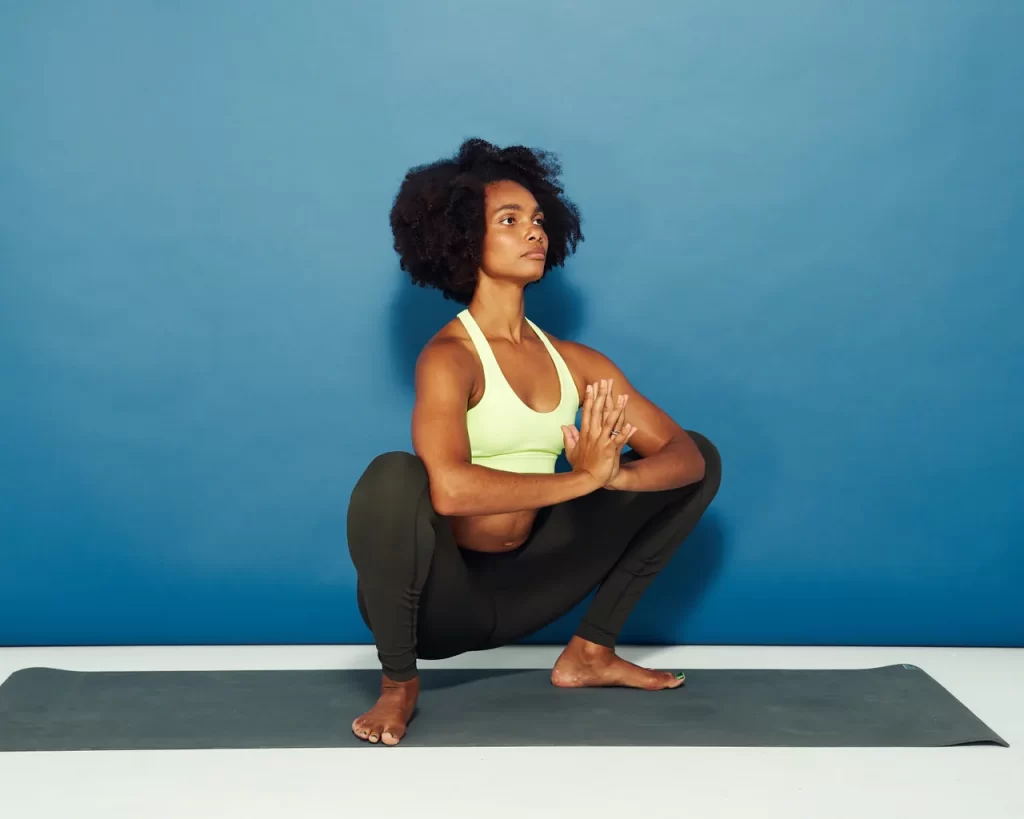
- Split Squat: If you have weak glutes and quads, you are at risk of a runner’s knee and a variety of other overuse illnesses – split squats will help decrease that risk. tep into a lunge position by taking an athletic stance with your back straight and your core engaged. Sink down until your front knee is bent to 90 degrees and your rear knee nearly touches the floor to make the position harder.

- Wall Sit: Stand with your back facing the wall, feet hip-width apart, and hands by your sides. Slide down the wall until your hips and knees are 90 degrees and your shoulders and buttocks are in contact with the wall. Hold until you are tired.

- Calf Raise Hold: Begin by raising your heels and lifting your torso off the ground with both legs. Once you’ve gotten as high as you can, hold this posture for 1 minute before gently descending. As your body adjusts to the additional stress, you can increase the time by 30 seconds at a time until you reach 5 minutes.
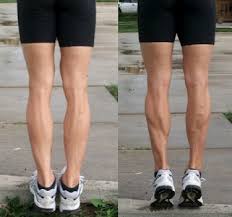
- Static Lunge: Stand tall, feet hip-width apart, and hands at your sides. Take a large stride forward with your right foot, keeping your chest up, shoulders back, back flat, and core engaged. Lower yourself till your front thigh is parallel to the ground and your left knee is 90 degrees bent. Hold for a time till you get tired, doing equal repetitions on each side.
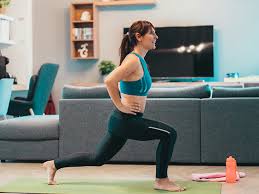
- Dumbbell Curl: Stand with a pair of dumbbells at your sides at arm’s length, palms facing front. Raise the dumbbells until your forearms are parallel to the floor, keeping your elbows tucked and upper arms locked. Hold until you are exhausted.

- Pull-Up Hold: With your hands shoulder-width apart, grasp the pull-up bar. Pull yourself up until the bar and your upper chest are level. With the elbow down, center around pressing the shoulder bones together, and stand firm on the footing for 1-2 minutes.
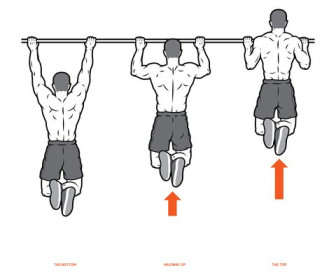
- Dead Hang: With your hands spread shoulder-width apart, grab a pull-up bar with an overhand or underhand grip. With your legs crossed behind you and your toes pointing down, let your body hang. Hold on until you’re worn out.
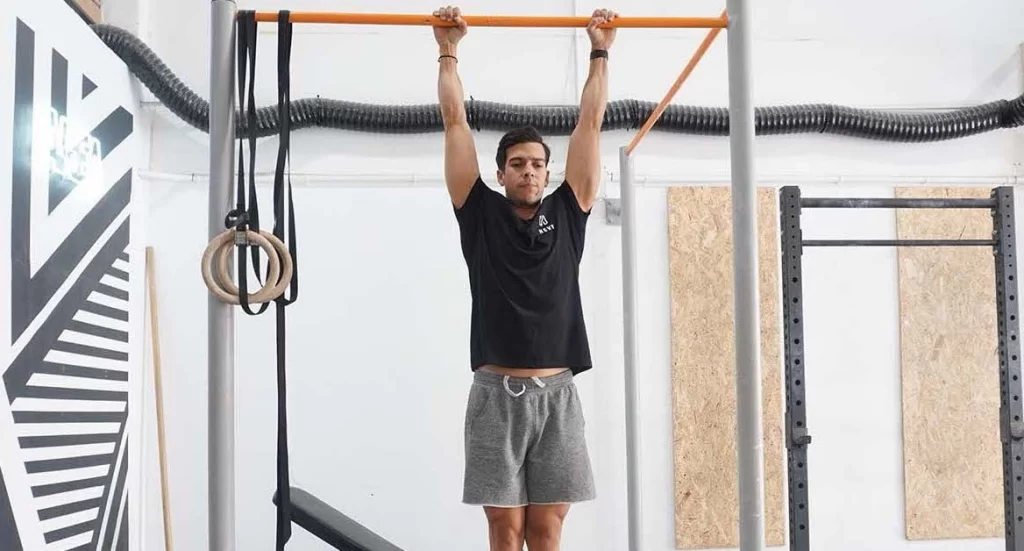
- Bridge: Rests on your back on the floor. Flex your knees, keep your hands on the sides, and your feet and palms level on the ground. Your hips should be gently pushed up as you support your body with your feet and palms. Before lowering your body back to the starting position, maintain this position for ten seconds.
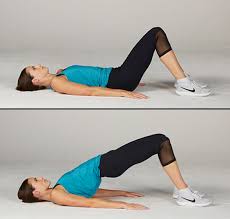
- Static back exercise: Rest with your back on a plinth. Bent your legs from hips to 90 degrees and from knee to 90 degrees and put the table to support the leg. Press your lower back towards the floor without holding your breath. Hold the back down for 30 secs.
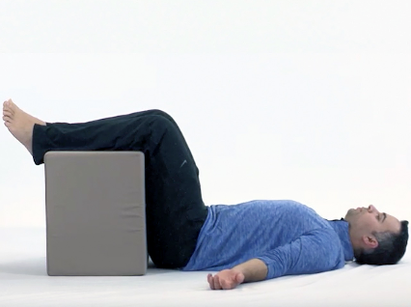
Contraindications of Static Exercise:
- Might increase the heart rate and blood flow which may not be suitable for cardiac patient
- The patient must not hold their breath during exercise to prevent the Valsalva maneuver
- During any soft tissue trauma
- Pain while performing isometrics
- Inflammation
- Joint effusion
- Infection
Importance of Static Exercise:
- It is used to increase muscle relaxation and circulation and to decrease pain or spas after any muscle injury or soft tissue injury at the acute healing stage
- Muscle setting increases mobility between muscle fibers while they are healing
- Helps in the prevention of atrophy while movement is not occurring
- Helps in developing good posture and joint stability
- Improves muscle strength without any dynamic exercise or when dynamic exercise can not be done
Disadvantages of Static Exercise:
- Injury risk: If the patient does not perform the static exercise properly then it can increase the risk of muscle or soft tissue injury, also patients must not hold their breathing during exercise.
- Muscular endurance: Because isometrics require muscle tension without actually moving, you won’t improve muscle strength. For example, strength training directs blood to the muscles, which increases muscle endurance. When you do an isometric Blood flow to the muscles stops, preventing the muscles from benefiting from oxygenated blood.
- Not made for every person: some patients might wear out during exercise or, might be contraindicated thus static exercise is not made for every person.
- Limited strength: If you’re aiming for general muscle strength, static exercise or isometrics won’t help you in that department.
- Time-consuming: Static exercises hold the patient in one static position during a workout which can be time-consuming.
Static vs Dynamic exercise
Static and dynamic exercises are two different types of physical activities with distinct characteristics and benefits. Here’s a breakdown of their differences:
Definition:
- Static exercise: Static exercises involve holding a position or pose without significant movement. The muscles are contracted, but there is no or minimal joint movement.
- Dynamic exercise: Dynamic exercises involve continuous and repetitive movements that actively engage multiple muscles and joints throughout the range of motion.
Muscle Engagement:
- Static exercise: Static exercises primarily target specific muscles or muscle groups and aim to strengthen and stabilize them. The muscles are contracted and held in a fixed position.
- Dynamic exercise: Dynamic exercises involve a broader range of muscle engagement as multiple muscle groups work together to perform the movement.
Benefits:
- Static exercise: Static exercises are excellent for improving muscular strength, endurance, and stability. They can enhance core strength, promote better posture, and increase muscle tone. These exercises are often used in isometric training and rehabilitation programs.
- Dynamic exercise: Dynamic exercises are beneficial for cardiovascular fitness, overall strength, flexibility, and coordination. They improve muscle strength and power, enhance joint mobility, and contribute to functional movements used in daily activities or sports.
Examples:
- Static exercise: Plank, wall sit, bridge, side plank, and isometric contractions (such as squeezing a muscle without movement) are examples of static exercises.
- Dynamic exercise: Walking, running, cycling, swimming, weightlifting, squats, lunges, push-ups, and yoga flows are examples of dynamic exercises.
Impact:
- Static exercise: Static exercises typically have a lower impact on the joints as there is little to no movement involved.
- Dynamic exercise: Dynamic exercises can vary in impact depending on the intensity and nature of the movements. High-impact activities like jumping or running may put more stress on the joints.
Both static and dynamic exercises have their place in a well-rounded fitness routine. Combining both types can provide a comprehensive workout that targets different aspects of fitness, including strength, endurance, flexibility, and cardiovascular health. It’s important to choose exercises that suit your fitness goals, abilities, and any specific considerations or limitations you may have.
Summary
Focusing on static positions helps in the stabilization of the joints throughout the body. They also help build an environment of strength for more dynamic movements, like large ranges of motion movements in thigh work or any active exercises in the whole body. A person should consider putting static exercise in their daily workout routine.
FAQ
What does static exercise mean?
The contraction of a skeletal muscle without a change in muscle length is known as a static exercise, and therefore the
alternative name is isometric (iso = same, meter = length). Static exercise has a much different cardiovascular response than
dynamic exercise.
Is there any difference between static contraction and isometric exercise?
Muscle motions called isometric exercises, also known as static strength training, involve no observable movement at the joint and no change in muscle length. Isometrics is frequently referred to as static contraction training. The main difference between the two is that isometric exercise uses maximum resistance to contract the muscle while static exercise is about holding the position for a long time duration without any visible movements.
Why isometric exercises are considered static exercises?
These exercises, which are a static type of strength training, include contractions of a specific muscle or set of muscles. The
muscle length remains constant, as does the joint involved. Due to this same function, isometric exercise is considered a part of the static exercise.
Is static stretching isometric?
Isometric stretching is a type of static stretching in which muscle groups are resisted at maximum by isometric contractions (tensing) of the stretched muscles.
What are the examples of static exercise
Plank
Calf raise and hold
Static squats
Static lunges
Bridge

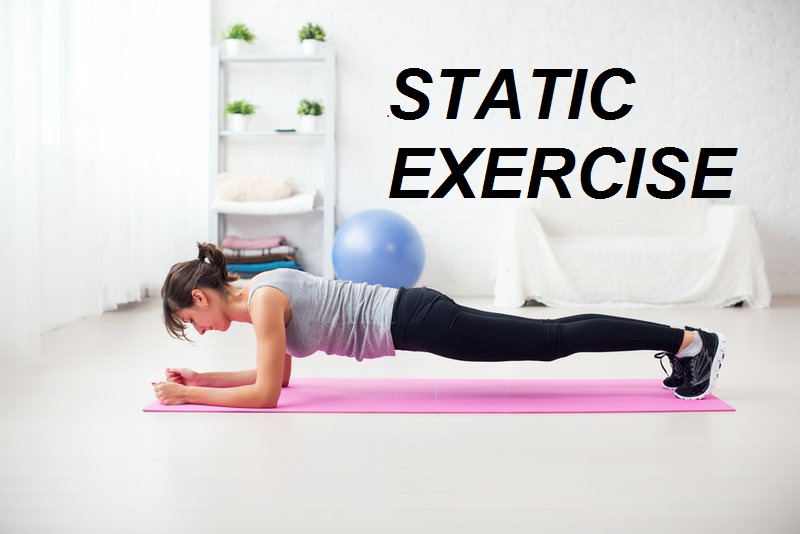
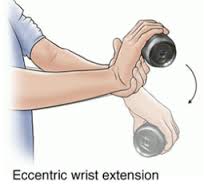

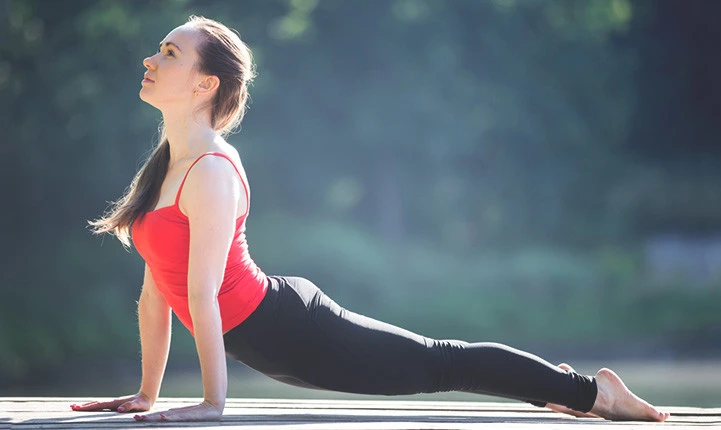


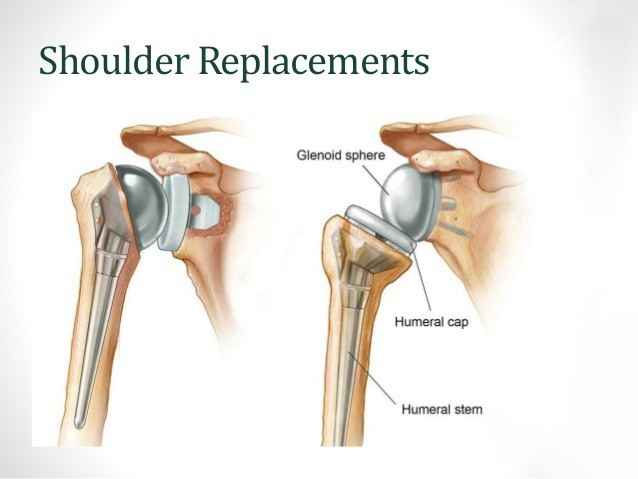
One Comment